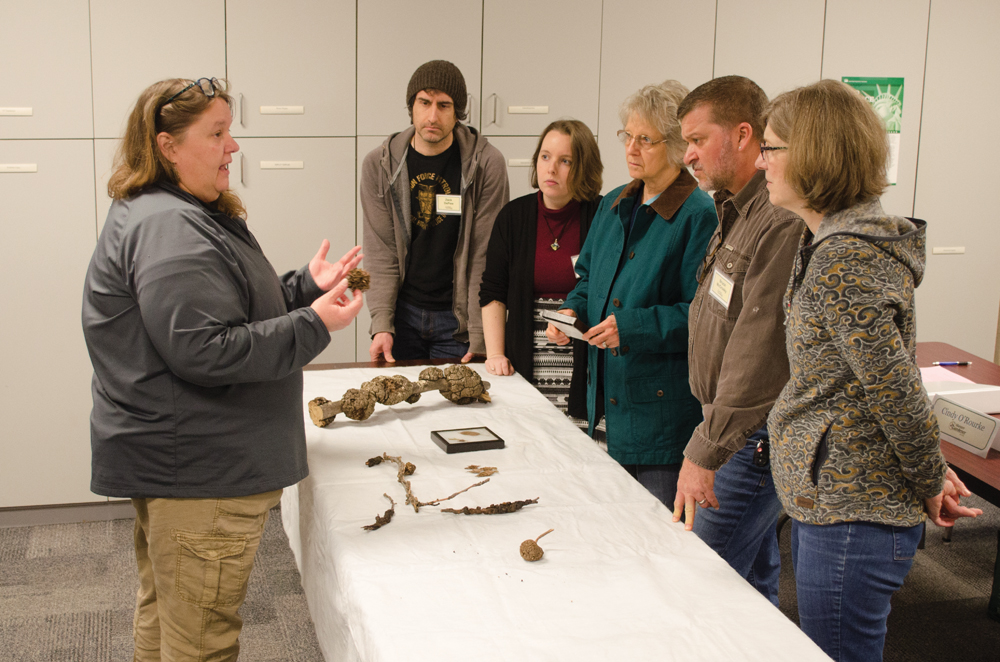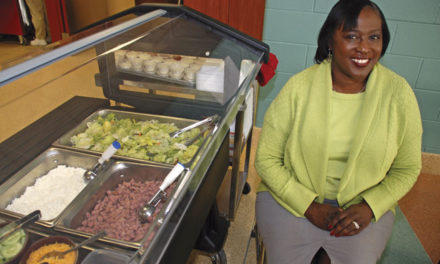
BY OLIVIA DORFMAN
Monroe County’s Master Gardener program celebrates its 30th anniversary in 2019. Begun in the greater Seattle area in 1972, the Master Gardener program came to Indiana in 1978, reaching Bloomington in 1989. Participants take a rigorous course in horticultural art and science, then use their knowledge to help the community.
“It’s a diverse group of people who come together with eclectic gardening interests,” says Mary Cusack, Monroe County Master Gardener Association president.
Each state’s Master Gardener program is connected with a land grant college, which in Indiana is Purdue University. This local connection helps tailor the curriculum to specific regional conditions, such as differences in soil and growing season.
Offered once a year, the 14-week program entails weekly, three-hour classes, most held locally at the Purdue Extension–Monroe County office at 3400 S. Walnut. Classes run from January to May, covering topics such as sustainable gardening, taxonomy, integrated pest management, plant pathology, soil health, and nuisance wildlife management. The training, which includes materials and a one-year membership in the Monroe County Master Gardener Association, costs $170.
More than 600 people have gone through the Monroe County program. “There are 29 enrolled now, and after you finish the classes, you complete 40 hours of volunteer work,” Cusack says.
Master Gardener endeavors in Bloomington include Cheryl’s Garden at Karst Farm Park, a native plant garden at the Monroe County Courthouse, and the garden at WonderLab Museum of Science, Health and Technology. It also purchased materials for the local Junior Master Gardener Program, a free gardening initiative for 9- to 13-year-olds held at Indiana University’s Hilltop Garden and Nature Center.
“The Garden Fair is one of our major projects,” notes Cusack. Featuring exhibits, tools, services, goods, plants, and free giveaways, the Garden Fair attracts 700–800 attendees annually, each paying a $2 admission fee. “And all the proceeds go into grant programs,” Cusack adds.
This year’s fair will once again be held at the National Guard Armory, 3380 S. Walnut, on Saturday, April 6.












